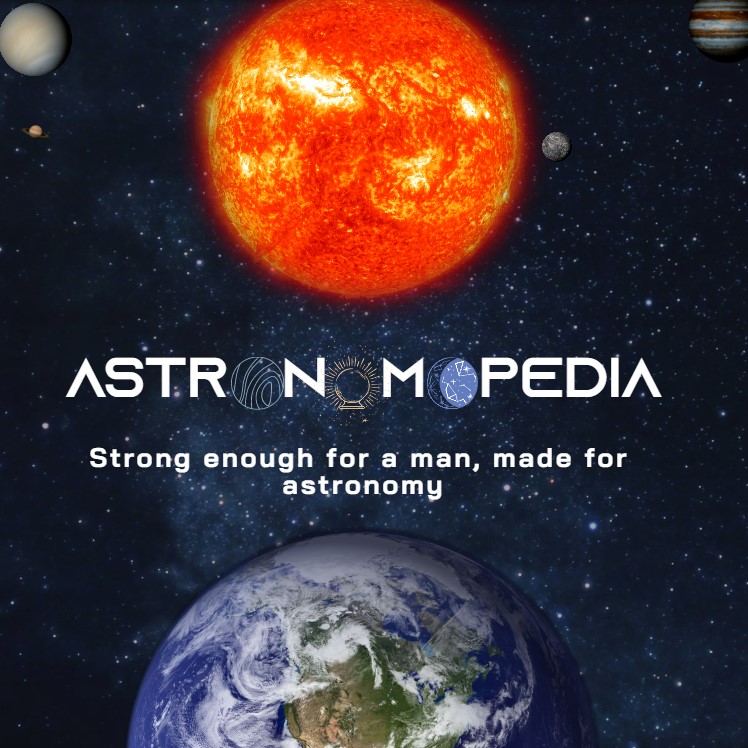
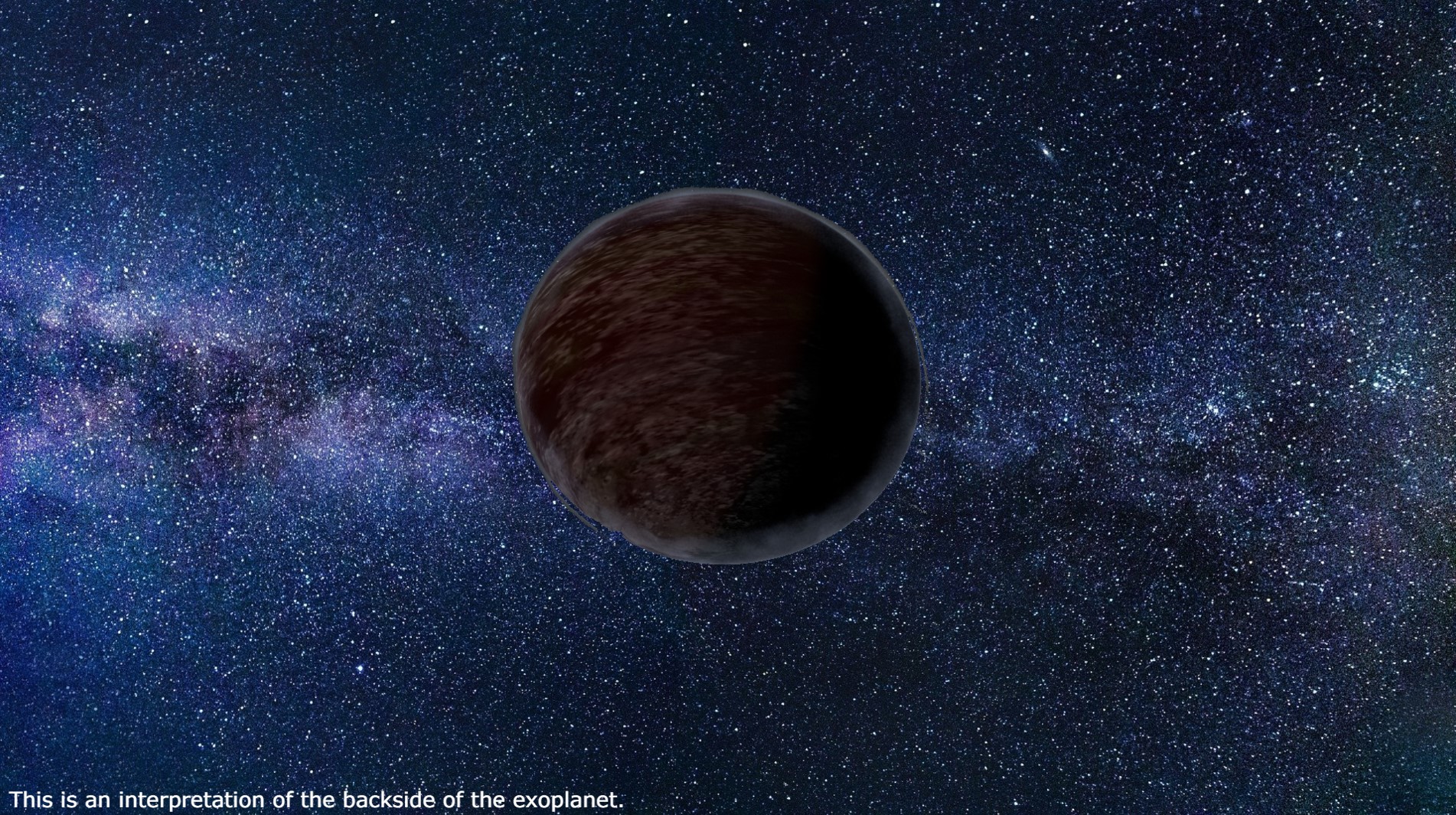
WASP-12 b
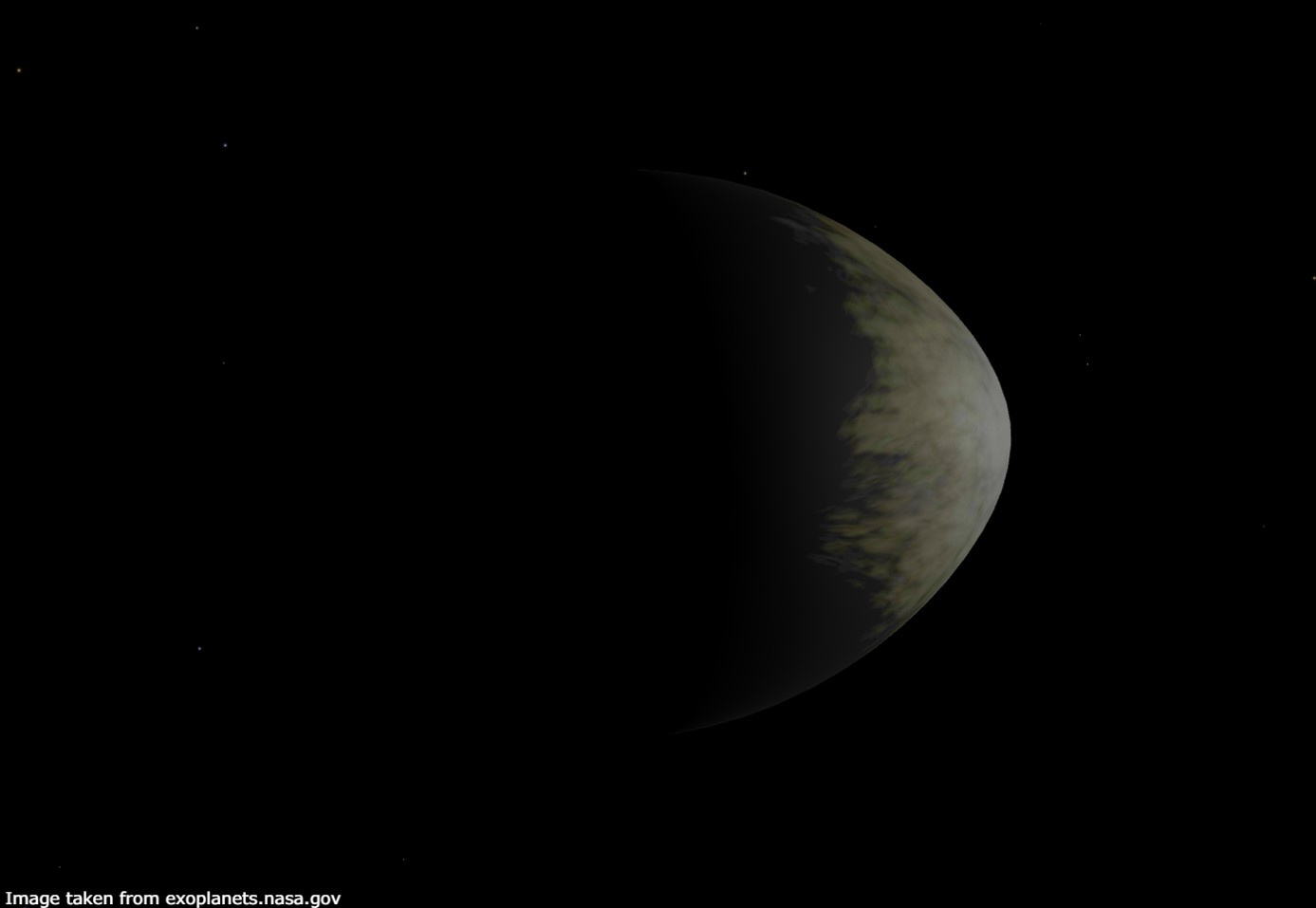
What is WASP-12 b?
WASP-12b is a hot exoplanet with a size almost the same as Jupiter. SuperWASP discovered it on April 1, 2008, by observing planetary transits around the star WASP-12.
Why is special about this exoplanet?
WASP-12b is a hot Jupiter that is being ripped apartand vaporized by its parent star, because of its close orbit (thus it's egg-like shape, due to the gravitational pull of WASP-12, and its high surface temperature that is the most likely to be an explanation for its low albedo).
Morphology
Geomorphology
With a diameter of 255,940 km (159,033.743 miles), WASP-12 b has an area of 205,790,917,729 km² (79,456,317,543.5978 miles²).
Anatomy
Due to its orbital decay, WASP-12b will crash into its star quite soon, as its atmosphere is being whisked away by the solar wind.
WASP-12 b has a mass of 0.692 Earths (4,132,624,000,000,000,000,000,000 tons) and a density of 266 kg/m³.
Tectonic plates
Studies of the tectonic plates of WASP-12 b has yet to be made.
Location
WASP-12 b is approximately 1410.6 light years away from Earth, and it is 0.0234 AU (3,500,590.17 km | 2,175,165.887467 miles) away from its host star (WASP 12).
Physico-chemical properties
Observations indicate that WASP-12b is composed primarily of atomic hydrogen and helium.
Temperature
The surface temperature of WASP-12 b's day side can reach 6,300 K (6,026.85°C | 10,880.33°F), while its night side can reach a temperature of 1366.483 K (2,000°F | 1093.333°C) that is cooler than its day side, which allows water vapor and clouds to form.
Age
It is unknown how old WASP-12 b is.
Force fields
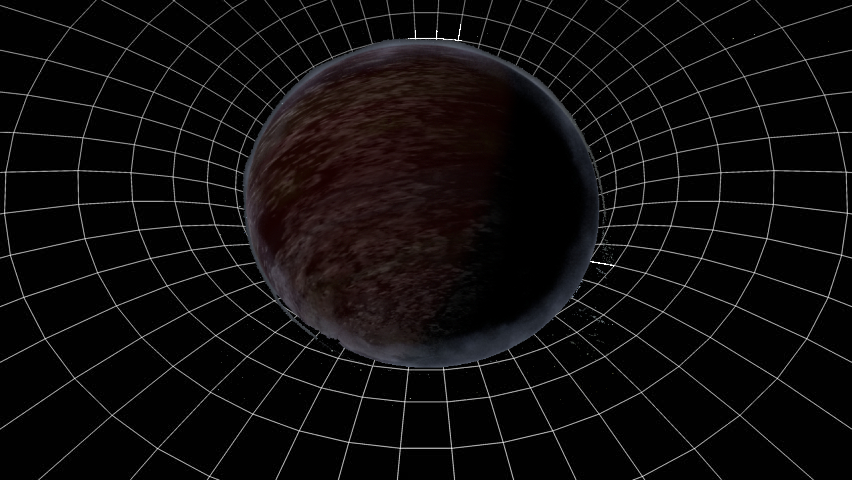
Gravitational force
WASP-12 b's surface has a gravitational acceleration of 3.004 g-force (29.4591766 m/s² | 96.650842 ft/s²).
Magnetic field
The magnetic field of WASP-12 b is unknown.
Motions
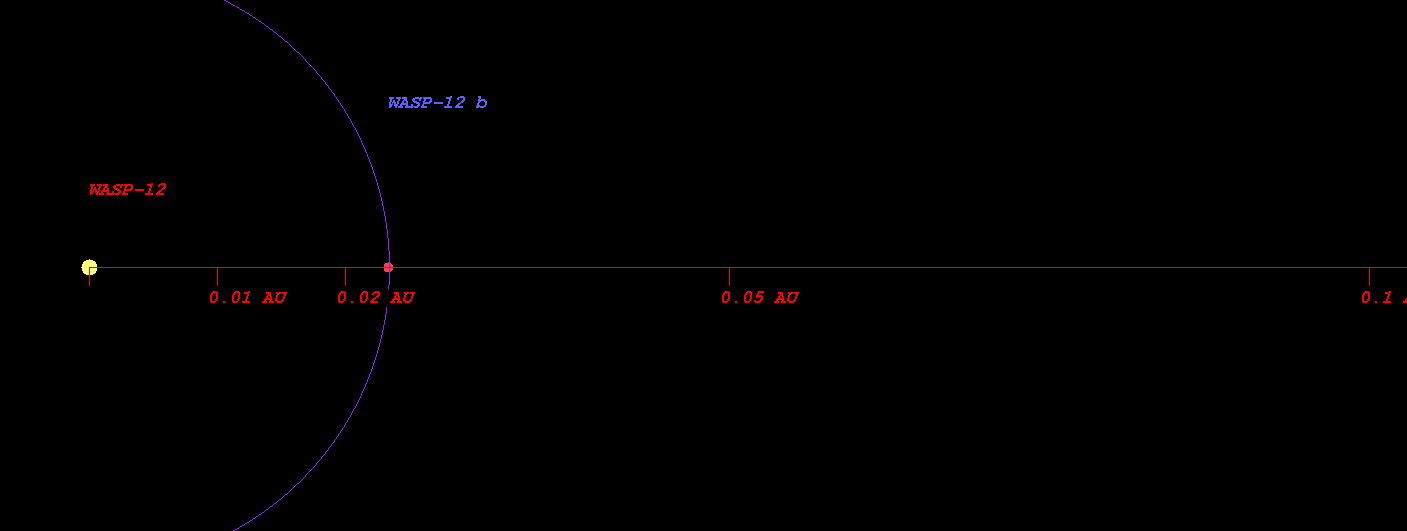
Orbit
WASP-12 b makes a full orbit around its parent star WASP 12 every 26 terrestrial hours.
Rotation
Since WASP-12b orbits so closely to its star that it is tidally locked, it has a fixed day and night side.
Satellite systems
Moon system
As Russian astronomers studied the curve of the change of shine of WASP-12b, they observed regular variations of light that could be the result of a plasma torus encircling at least one exomoon in orbit around the exoplanet. Hot Jupiter-type planets, such as this one, are expected to lose their large moons within a geologically short timeframe, so this is not expected, but it still remains a theory.
Ring system
No ring is present around WASP-12b due to its close orbit.
Author: William Homier
Editor: William Homier
Sound credit goes to Dillon Dickerson.
This page was last edited on 11 April 2022, at 19:50 (HAE).
Sources:

